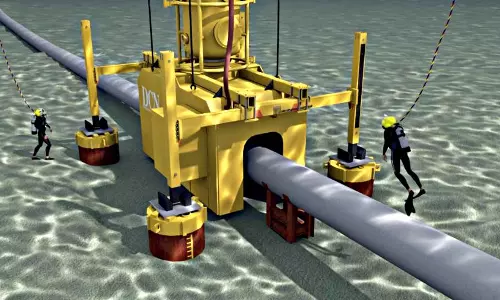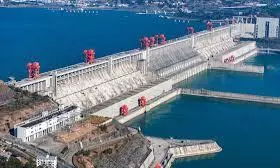
China dismantles 300 dams, halts hydropower projects to revive Yangtze River ecosystem
text_fieldsIn a sweeping ecological restoration effort, China has dismantled 300 dams and decommissioned the majority of small hydropower stations along a key tributary of the Yangtze River in a bid to revive fish populations and restore the river's natural ecosystem.
State news agency Xinhua reported on Monday that, by the end of December 2024, 300 out of 357 dams on the Chishui He - also known as the Red River - had been removed. Additionally, 342 of 373 small-scale hydropower facilities had been shut down.
The move is expected to enable several rare fish species to return to their natural breeding grounds.
Flowing over 400 kilometers through the provinces of Yunnan, Guizhou, and Sichuan in southwest China, the Red River is considered by environmental experts to be a critical sanctuary for rare and endemic species in the upper Yangtze basin.
Over the years, the river’s natural flow has been increasingly disrupted by a growing network of dams and power stations. These obstructions not only reduced downstream water availability - at times drying out entire sections - but also severely limited viable spawning habitats. Moreover, they blocked migratory routes, making it difficult for fish to travel between their breeding and feeding grounds.
Scientists are hopeful that these recent actions will allow threatened species, including the elusive sturgeon known as the Yangtze's "last giant," to resume their natural reproductive cycles and repopulate the river system.
























